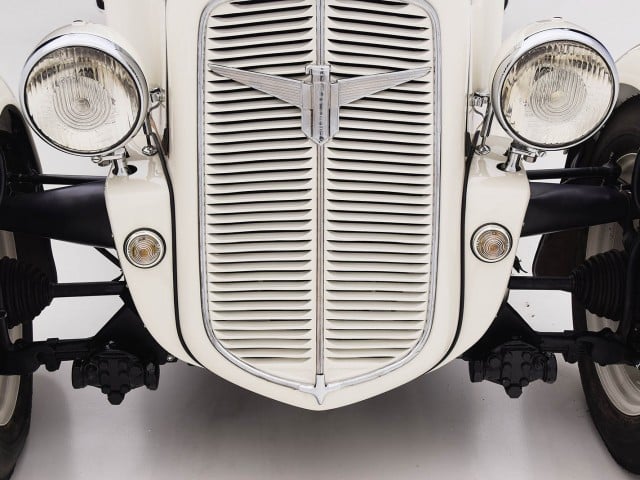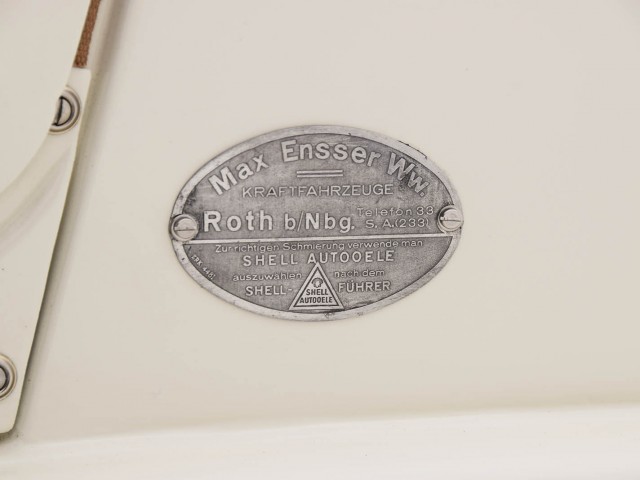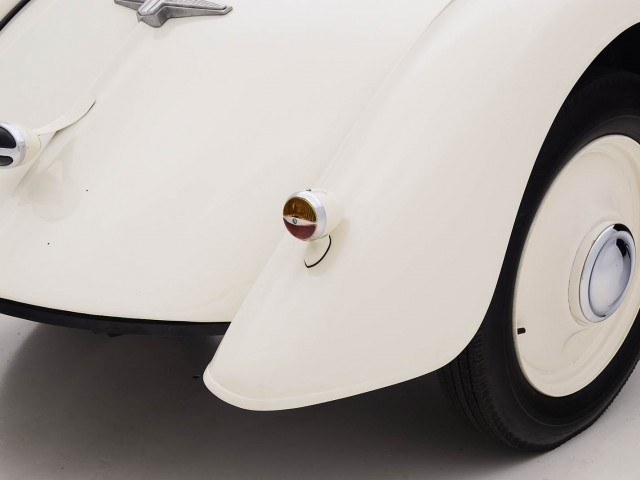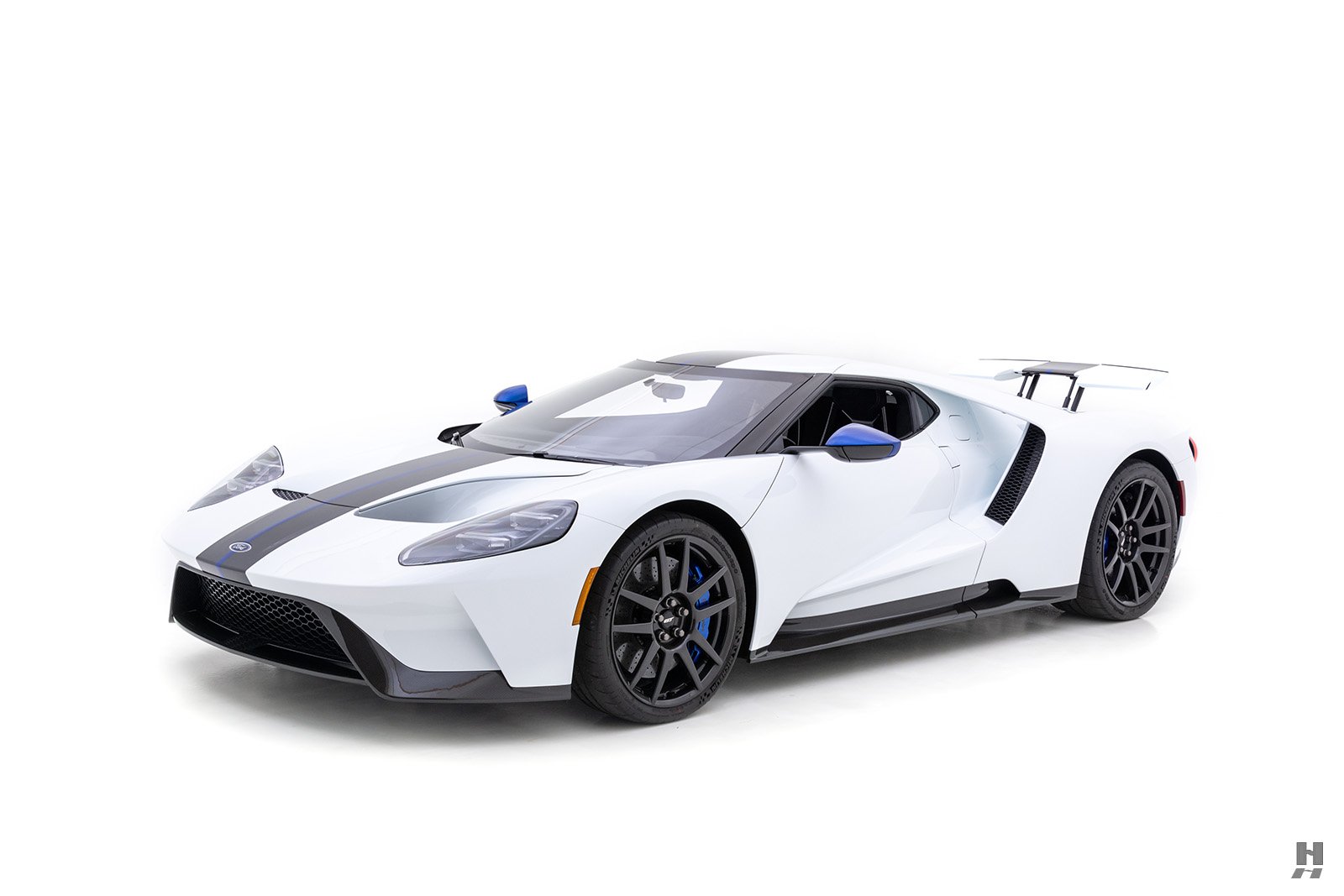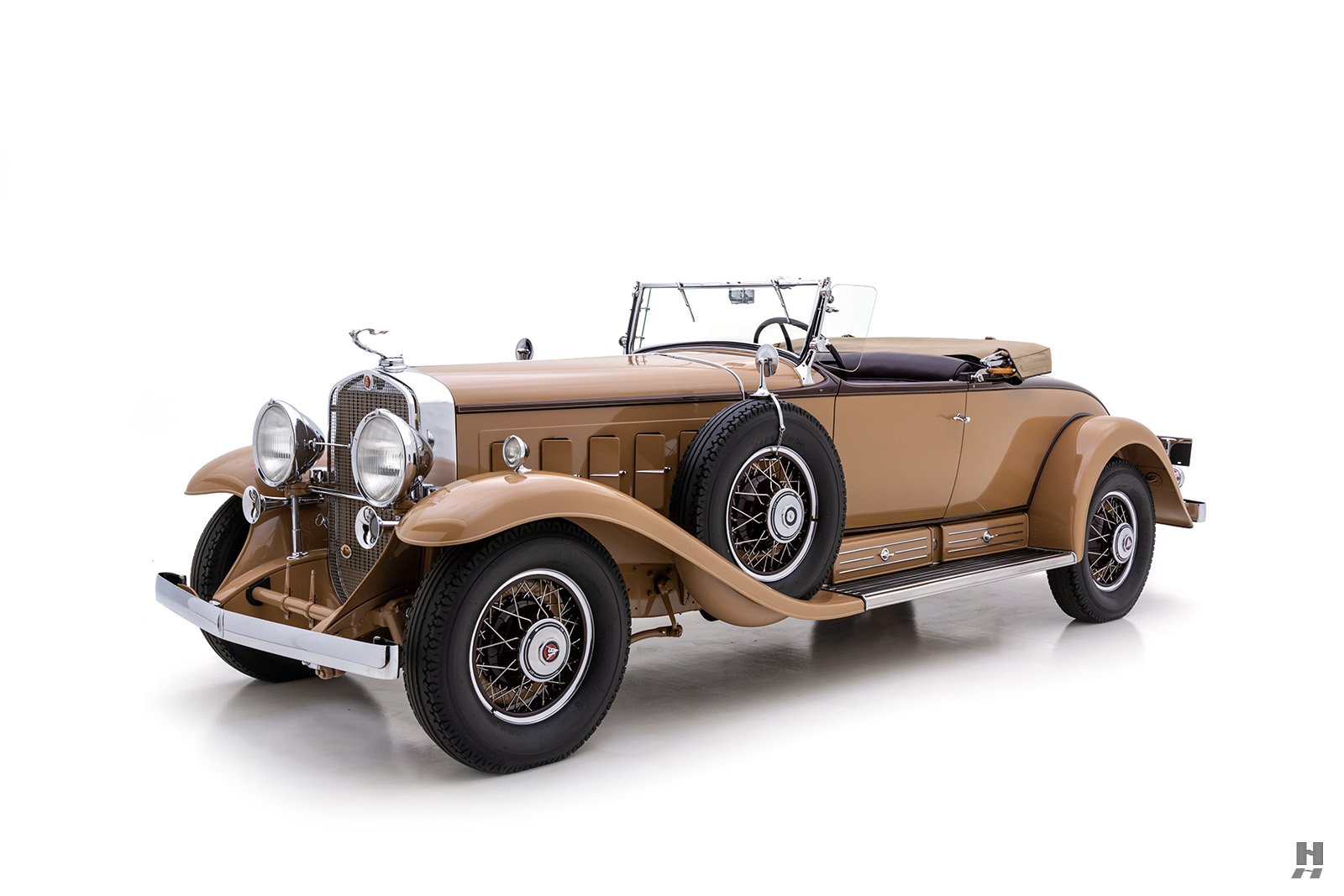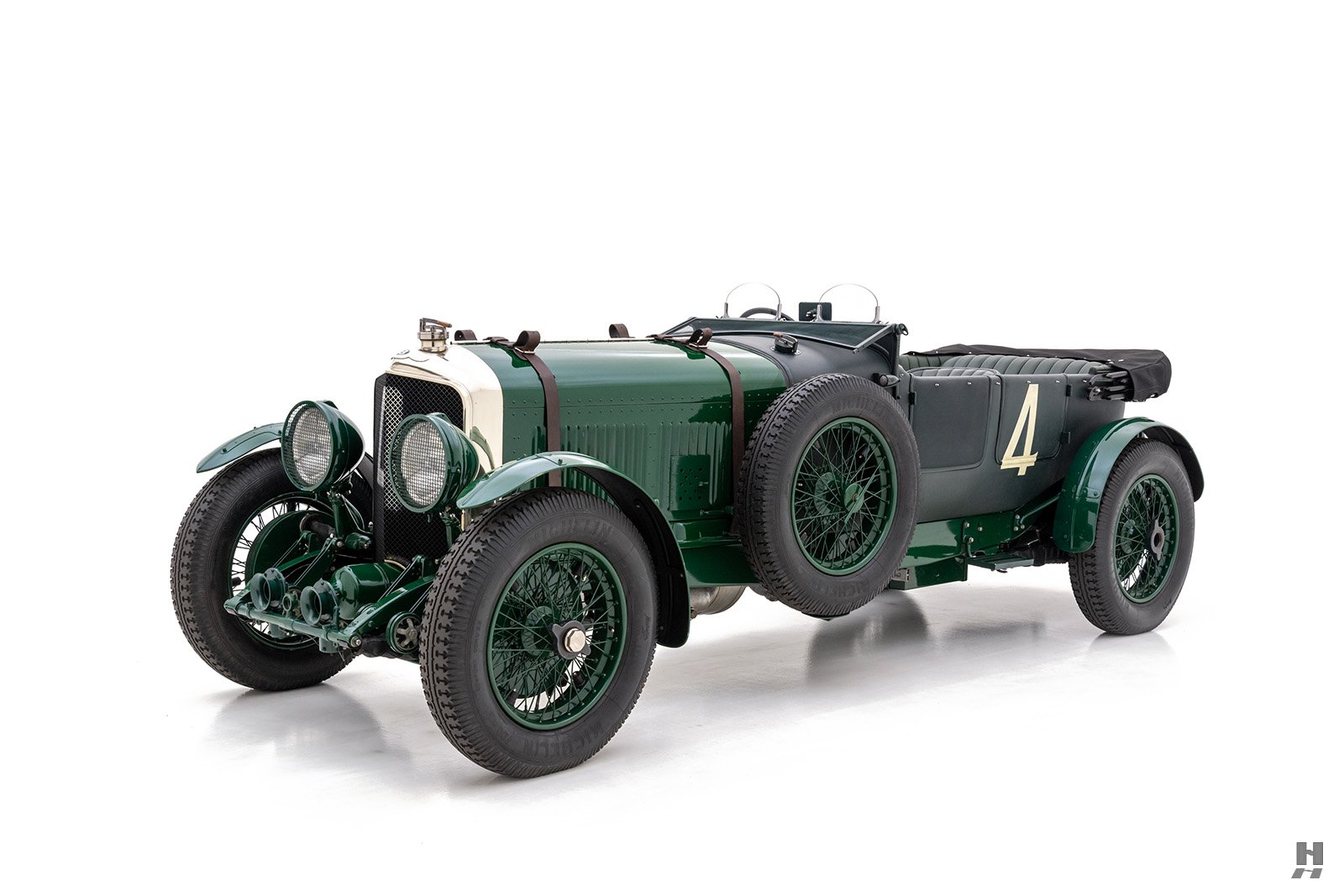Adler may not be a name that immediately rings a bell for even the most dedicated enthusiast, but this German manufacturer traces its roots back to the very genesis of the automotive industry. Heinrich Kleyer began his career in Frankfurt, where in 1880 he founded a bicycle business, mainly importing American bicycles and selling them under the “Herold” brand. In just five short years, his business had grown enough for him to acquire a six-story building for his operation, the tallest in Frankfurt at the time. It is said that the first five floors were dedicated to manufacturing bicycles, while the top floor was reserved for riding lessons for his customers. By 1895, Kleyer adopted the name “Adler” (or Eagle) for his products and also took up typewriter manufacture. While complete automobiles did not enter his portfolio until 1900, he did supply parts such as wheels to both Gottlieb Daimler and Carl Benz – the fathers of the modern motorcar.
In 1898, Kleyer obtained the rights to produce DeDion Bouton engines; however he never did much with that capability besides use one in his first automobile in 1900. He hired a chief engineer and began to build a series of light cars, many of which drew their inspiration from Renault of the same period. By 1915, Adler offered vehicles ranging from bicycles and motorcycles, to automobiles and 3-ton trucks. By 1928, Adler had a workforce of more than 6000 and was Germany’s third largest car maker behind BMW and Opel. The bodies were made by Ambi-Budd Presswerke, a joint venture between the American Budd Company and Arthur Muller, a German industrialist. Budd owned 26% of the Adler stock and also supplied bodies for early BMWs as well as German Fords. In 1943, the company had to move production underground due to bomb attacks from the allied air forces. After the devastation of World War II, auto production was eschewed in favor of bicycles, motorbikes and typewriters, all of which were more practical for the ravaged post-war economy. Adler’s dealer network was swallowed up by Volkswagen and no more Adler automobiles were built after 1945.
The Trumpf was conceived in 1934 as a smaller, more approachable model that was meant to move the company into a broader market and increase profits. Powered by a 995cc four-stroke side valve engine driving the front wheels, the Trumpf Junior was a direct competitor for DKW. The little Adler was available in a variety of body styles which ranged from a simple two-door “Limousine” (sedan/saloon) to a Cabrio Limousine to the wickedly stylish little Sports Roadster, as featured here.
A competition program was set up under the direction of Erwin Kleyer, who had largely taken over the reins after the death of his father Heinrich. Adler was very involved in motorsports in the mid to late 1930’s, and were at the forefront of streamlining. A streamlined Trumpf Junior set speed and endurance records at Avus in 1934, and this car and its success spawned the production Trumpf Junior Sport. Adlers also raced competitively at LeMans, the Alpine Rally, and the Spa 24 hrs, winning their class in 1935 and again in 1937. These Adlers were among the earliest scientifically streamlined racing cars and would be echoed in a few years by BMW and Alfa Romeo.
This truly wonderful 1935 Adler Trumpf Junior Sport roadster is presented in fabulous, restored condition having recently been imported from Germany to the ‘States. It is finished in classic German Racing white (used until the Auto Union and Mercedes Silver Arrows showed up in bare aluminum, starting the switch to Silver for German racing cars) over red leather and a black canvas top. The body styling is quite unlike anything else of the period, compact yet dramatic with its cycle front wings, louvered bonnet, louvered rocker panels and lovely tapered tail section. It rides on disc wheels, skinny blackwall tires and has a magnificent low-slung stance. The restoration was completed in 2015 prior to its importation.
The white paintwork is in very good order and the body, retains correct trim and badging. The fantastic cockpit is trimmed in red leather with black carpeting, red door cards and a body colored fascia. Front wheel drive keeps the chassis low slung, and allows for a surprisingly roomy cabin. Drivers over 6-feet should have no problem fitting behind the wheel. The shift lever sprouts from the dash panel, and is supported on the column, making for a shift pattern not unlike a Citroen 2CV. Fabulously styled instrumentation includes a combination speedometer, oil pressure and fuel gauge while on the passenger side is fitted a fascinating piece of technology in the form of a “Tempometer”; which is thought to be a primitive mechanical trip computer. A black canvas top and side curtains keep things cozy inside should the weather turn foul.
The sidevalve four-cylinder engine sits at an angle in the chassis to accommodate the front-drive setup, and places the transmission ahead of the motor, forcing the engine back for better weight distribution.. It is rated at 25 horsepower and runs remarkably smoothly. Close investigation reveals this is a rather advanced car for its age and size, as the chassis is fitted with full belly pans, a four-speed gearbox and independent suspension. It is a magnificent and unusual pre-war sporting car that is exceedingly rare in the United States. Restored in Germany, it was done properly without being over-restored. This rare, beautiful and fascinating automobile would surely be welcome and virtually any motoring event, tour or concours in the USA. Diminutive in size, the Adler Trumpf Junior is huge in charm. The sale includes an operating manual, a letter from the Adler Motor Club, and best of all its original log book from 1935, signed by Erwin Kleyer.
Sorry this car has been sold. Are you looking to buy or sell a car like this? Contact a representative
For immediate assistance please call us at +1-314-524-6000 or please fill out the following form and a member of our team will contact you.
















